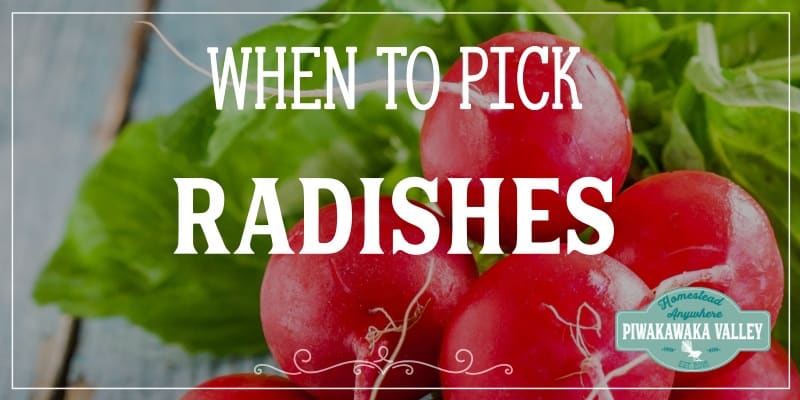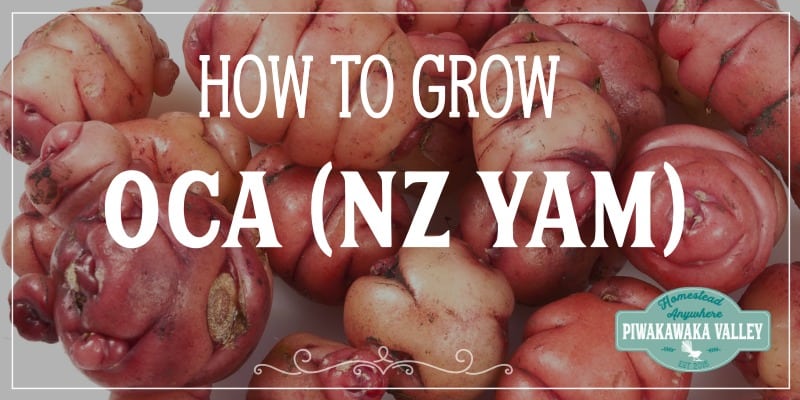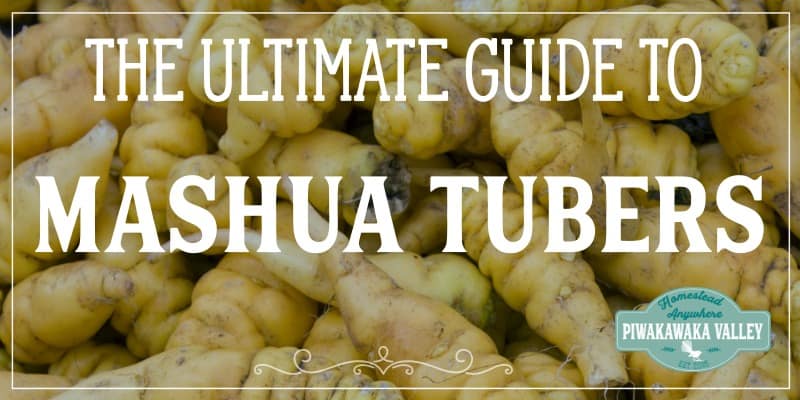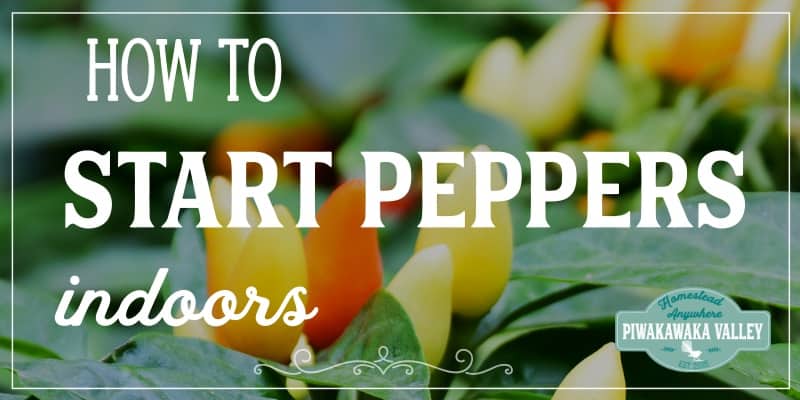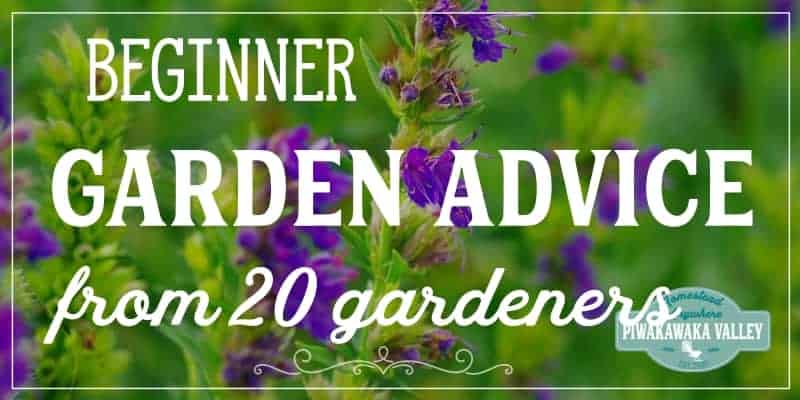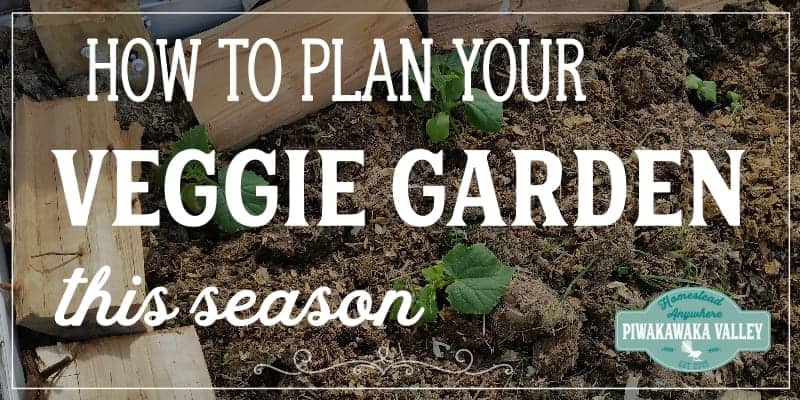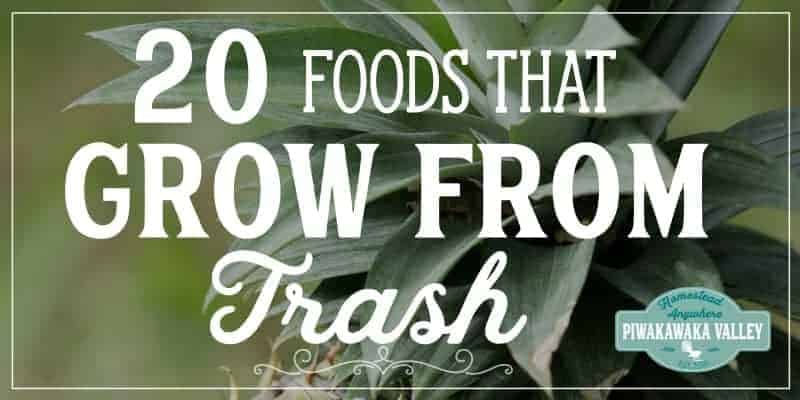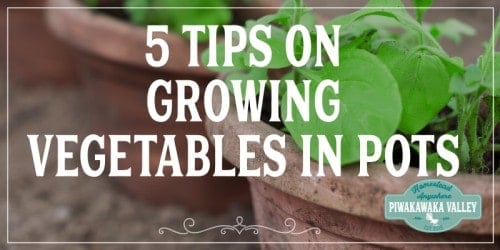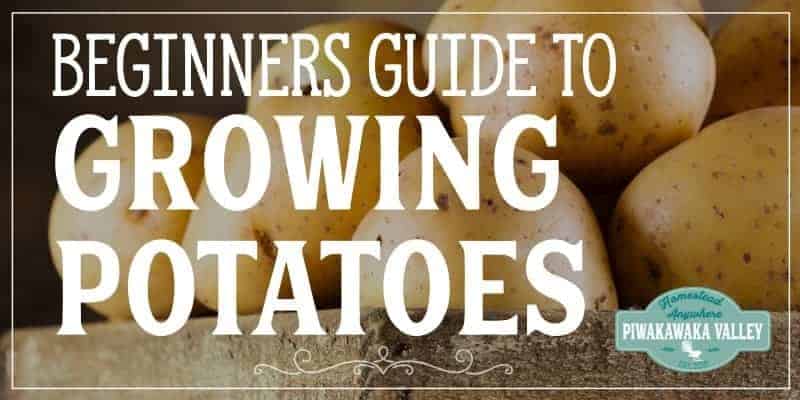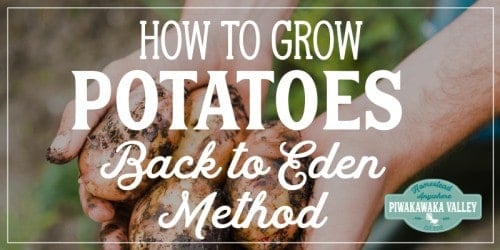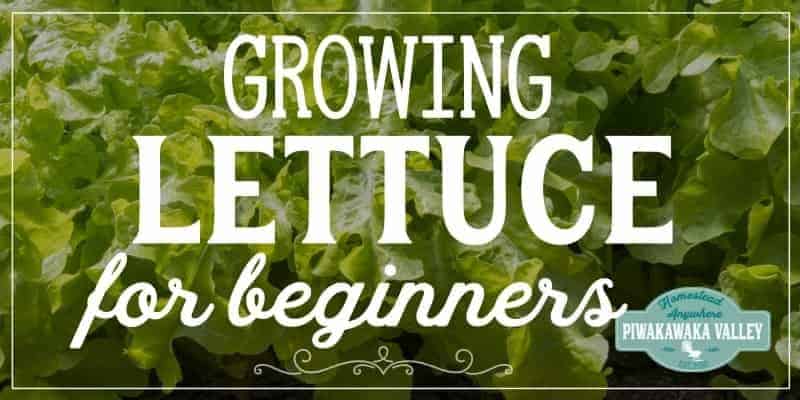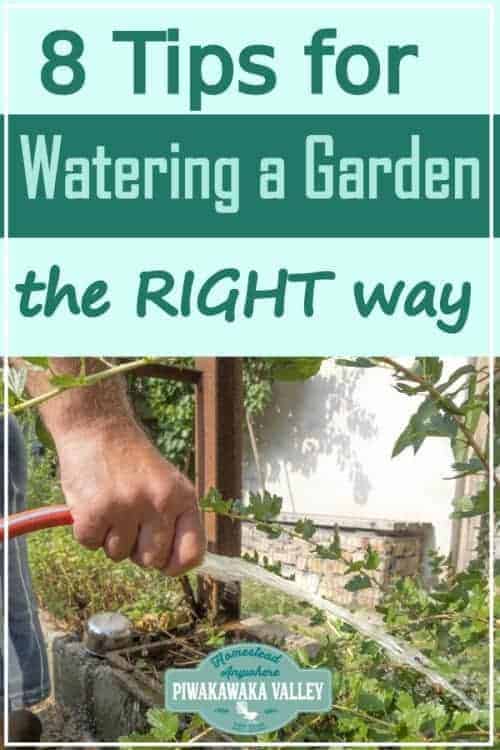This post was most recently updated on April 13th, 2020
It may seem like quite a simple equation – you water your garden and it grows. But when it comes to your vegetable patch or larger garden there are a number of factors and variables that need to be taken into account to ensure that your plants flourish and deliver a bountiful, tasty harvest.
Please read: This information is provided for educational purposes only and is not intended to treat, diagnose or prevent any disease. We encourage you to make your own health care decisions in partnership with a qualified health care professional.
This post contains affiliate links, this means at no extra cost to you, we make a commission from sales. Please read our Disclosure Statement
To reduce the amount you need to water your garden, I suggest that you mulch thickly.
8 Tips for Watering your Vegetable Garden the Right Way
1. Too Little Water
Too little water will cause your veggie plants to wilt and die and your produce to be underwhelming to say the least.
Considering that most common vegetables are made up of between 80% and 95% water, you will start to understand how much water they need to grow.
Water your plants regularly and deeply rather than sparingly and often. A good rule to follow is to water about an inch once a week.
However, this amount of water does need to be taken into consideration with natural rainfall that normally occurs during the spring and summer months in most climates.
It is recommended that you use a rain gauge so that you can accurately determine how much water your plants need after a heavy downpour or light showers throughout the day.
Always keep in mind that over-watering can be just as damaging to your vegetable garden as too little water.
RELATED: Best tips for growing in containers
2. Too Much Water
Too much water can have a number of consequences for your vegetable plants and produce. Stems and fruits can become waterlogged causing them to crack or burst open.
The flavor of your harvest may also be affected resulting in veggies that simply taste watered down.
Extreme over-watering can also result in the plant beginning to rot and attracting certain diseases. This can mean a spoiled harvest or even result in the death of the plant.
So don’t water too often and if the soil is moist, it may be better to wait a day or even two before watering your plants again.
RELATED: How to make a grey water system
3. Soil Type
It is important to take note of the type of soil in your garden. Sandy soils will drain water away much faster than clay soils that will retain water for longer periods of time.
This means you may have to water more often or increase the amount of water for a garden set in sandy soil whereas clay soils will require less watering than the recommended 1 inch rule.
You can greatly improve your soil’s ability to both drain and retain water following these steps
4. Drainage
As mentioned above, soil that remains wet for extended periods of time can result in rot and other diseases setting in.
A proper drainage system is therefore important especially in gardens that have a heavier clay soil content than sand.
Mixing sand into clay soil or loose pebbles and stones can help water drain away. Many plants hate being waterlogged, so if your ground is always wet, you might consider raised beds.
5. Types Of Veggies
Watering can also depend on the types of vegetable that you have planted in your garden. Some veggies like lots of water like cucumbers and lettuce whereas other types don’t enjoy being watered too much (such as tomato plants ).
It is recommended to group your veggies relative to their watering requirements from least to most so that you can apply the amount needed per plant type.
RELATED: Best plants for hot gardens
6. Nutritional Value
Vegetable plants get their required nutrients from the soil and these are stored in their leaves and fruit, which in turn provides us with the vitamins and minerals that we need in our diets.
It is important to understand the nutritional value of your soil content and fertilize or compost accordingly. You can send a soil sample to a lab to be tested at a nominal cost.
RELATED: Soil types and how to improve them
Keep in mind that water can wash away these valuable nutrients which will affect the crop as well as the nutritional value of the vegetables.
After a particularly heavy rainfall, you may want to consider replenishing soil nutrients and holding back on the water for a while.
7. Early Mornings
Early in the morning is the best time to water your vegetable garden as you are likely to lose less water to evaporation than you would later in the day.
It also allows plants that are prone to fungal infections to dry out before the evening sets in.
8. Drip Watering
Use a drip soaker hose or drip irrigation system to optimally water plants. This provides a gentle method of watering and prevents wastage while allowing water to soak right down to the roots of the plant.
You could try a passive grey water system like ours.
Following these 8 tips will ensure that you don’t make the most common mistakes when watering your vegetable garden.
If you would like help getting the most out of your garden, I would love to help you, find out more here
RELATED: Free Gardening Resources
If you like tips on frugal living, self sufficiency and consuming less, sign up to our newsletter below, I would LOVE to have you
For further reading, I also recommend all of these books. I own every one of them and they are amazing resources!





